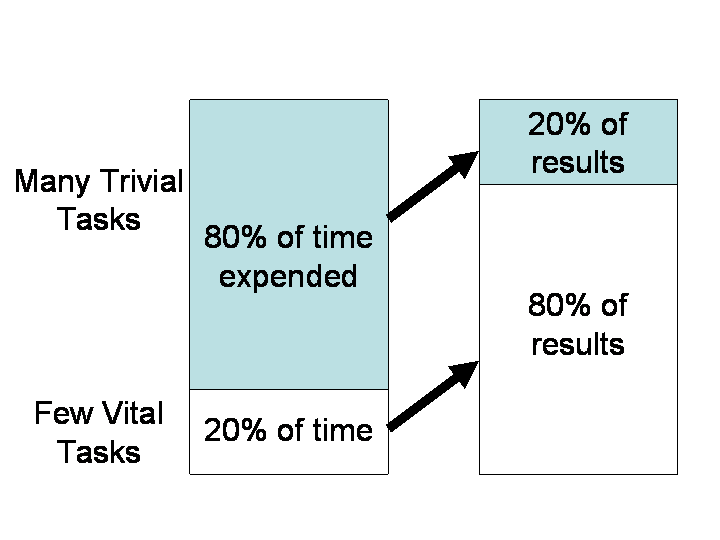Investment bankers commonly start their careers at the analyst level and, with experience and additional education, advance into associate positions. This is the case when you have an undergraduate and applying to banks with the aim of landing an investment banking analyst position. Some banks offer direct promotions from analyst to associate instead of requiring that you go back and get your MBA (typically called “A to A”). The case will be different for others, they may enter the field as associates after working in another industry and earning a graduate degree such as an MBA. The career of an investment banker progresses along a fairly standard path. Investment banking positions from junior to senior:
- Analyst (grunt)
- Analyst
- Associate (glorified grunt)
- VP (account manager)
- Director (senior account manager, rainmaker in training)
- Managing Director (rainmaker)
Some banks call certain investment banker positions different names or have added levels of hierarchy.

The Investment Banking Analyst. Investment banking analysts are for fresh graduate who directly out of undergraduate institutions who join an investment bank for a two-year program. Usually, after two years of working for the investment bank, top performing analysts are often offered the chance to stay for the third year, and the most successful analysts can be promoted after three years to investment banking associate. Analysts are the lowest in the ladder chain and therefore do the majority of the work. The work of analyst includes three key tasks: presentations, analysis, and administrative.
The work related to the presentations that they spent a lot of time putting together PowerPoint presentations called pitch books and used for meetings with clients and prospective clients. The process is very formatting intensive, attention to detail is critical. In terms of analytical work, it commonly related to the excel work for instance financial statement modeling, valuation, credit analysis, etc. The third main task is administrative work and the task involves scheduling, setting up conference calls and meetings, making travel arrangements and keeping an up-to-date working group list of deal team members.
The Investment Banking Associate. Investment banking associates are typically recruited directly out of MBA programs or analysts that have been promoted. Normally, bankers will be at the associate level for three and a half years before they are promoted to Vice President. The investment banking associate’s role is similar to the analyst’s role, with the additional responsibility of serving as a liaison among junior and senior bankers, and in some instances, to work directly with clients.
Analysts and associates work very closely together. Associates check the work of analysts and assign them tasks. Checks could be in-depth where the Associate accurately looks through models and checks inputs with filings or it could be the much more high level where the Associate looks at an output and determines whether the numbers make sense.
The Senior Bankers (VPs and MDs). Senior bankers primarily source deals and maintain relationships. Senior bankers have a wide variety of past backgrounds ranging from investment banking to corporate executive management. Aside from relationships, senior bankers frequently understand their industry landscape at a very detailed level and can anticipate deals in the sector. As economic environments shift, they anticipate when companies will need to raise capital or when strategic discussions (M&A, LBO) are necessary. By anticipating such needs, Managing Directors can start crafting appropriate pitches early-on to clients with the aim of turning these pitches into live deals.






